A schizocarp is a type of dry fruit that develops from a single ovary and, when it matures, it breaks apart into smaller one-seeded segments known as mericarps. Unlike capsules, which split open to release their seeds, schizocarps divide into these seed-containing parts either remaining attached to a central axis or dispersing separately.
To give you a clearer picture of schizocarp fruits , here are 12 familiar examples, along with explanations of why they qualify as schizocarp fruits and a few interesting details about each.
1. Mimosa Pudica Pods
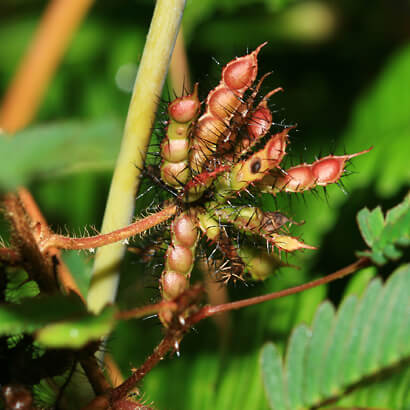
Mimosa produces spherical clusters of reddish-pink flowers, each with long pale stamens, followed by flat, necklace-like pods with prickly edges that cling to animals or clothing. Its bipinnate leaves, with many tiny leaflets, fold instantly when touched and also close at night. The reddish-brown, prickly stems often trail as the plant ages. Mimosa qualifies as a schizocarp because its pods split into smaller segments, each containing a seed.
2. Acacia Arabica Pods
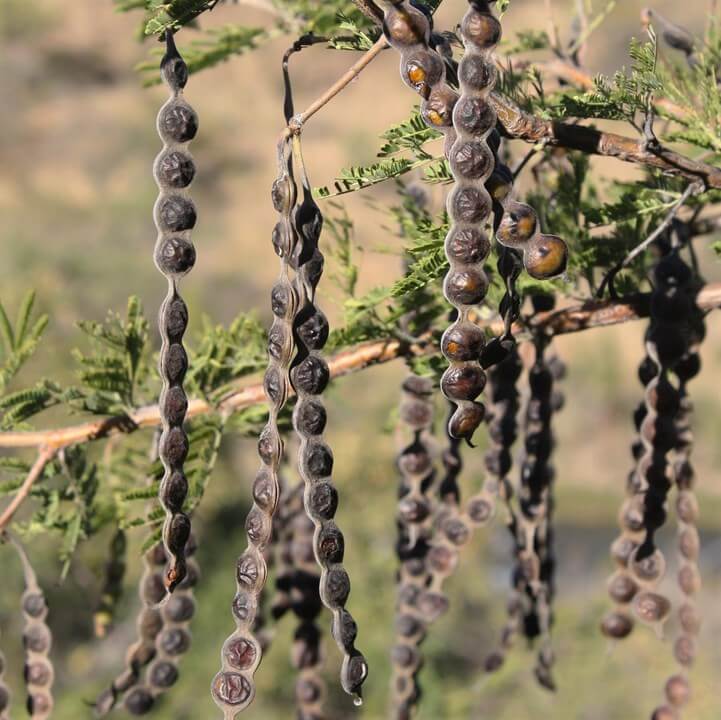
This species is native to Africa, the Middle East, and the Indian subcontinent, but it has also spread far beyond its natural range. In Australia, it is officially listed as a weed of national significance due to its invasive nature, while in the United States it is recognized as a noxious weed at the federal level. Its pods are distinctively constricted, thick, and covered in a soft, whitish-grey layer of hairs. Each kilogram of pods contains roughly 8,000 seeds, making it highly prolific. Despite its invasiveness, the plant has agricultural value: in India, its pods are used as a supplement in poultry feed, dried pods are grazed by animals on rangelands, and its branches are commonly cut for fodder.
3. Elm (Holoptelea)
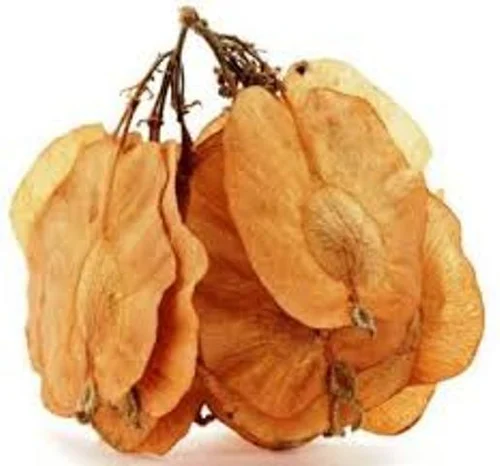
Elm fruits form as small winged structures called samaras. These are schizocarps because the fruit separates into seed-bearing units, each with a papery wing that aids wind dispersal. The design lets seeds travel far from the parent tree, ensuring better chances of survival. Elms are valued shade trees, and their fruiting strategy helps them colonize open spaces effectively.
4. Maple

Maple trees are famous for their “helicopter” fruits that spin as they fall. These paired fruits are schizocarps because each half, called a samara, contains a single seed and splits apart at maturity. The spinning motion helps carry seeds farther away on the wind. This natural design gives maples an advantage in spreading widely across forests and urban areas.
5. Coriander
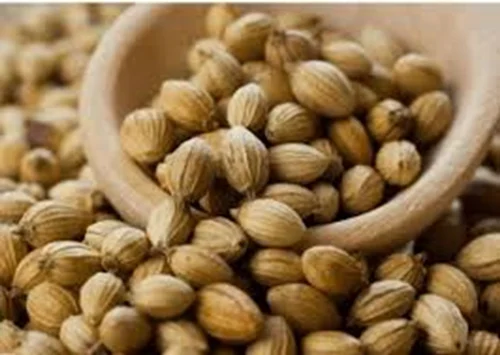
Coriander fruits are round and dry, and when mature, they split into two small seed-like parts. Each half contains a single seed used as a spice in cooking. While coriander leaves are used fresh as cilantro, the dried fruits provide a warm, citrusy flavor that is essential in many cuisines worldwide.
6. Hollyhock (Althaea rosea)
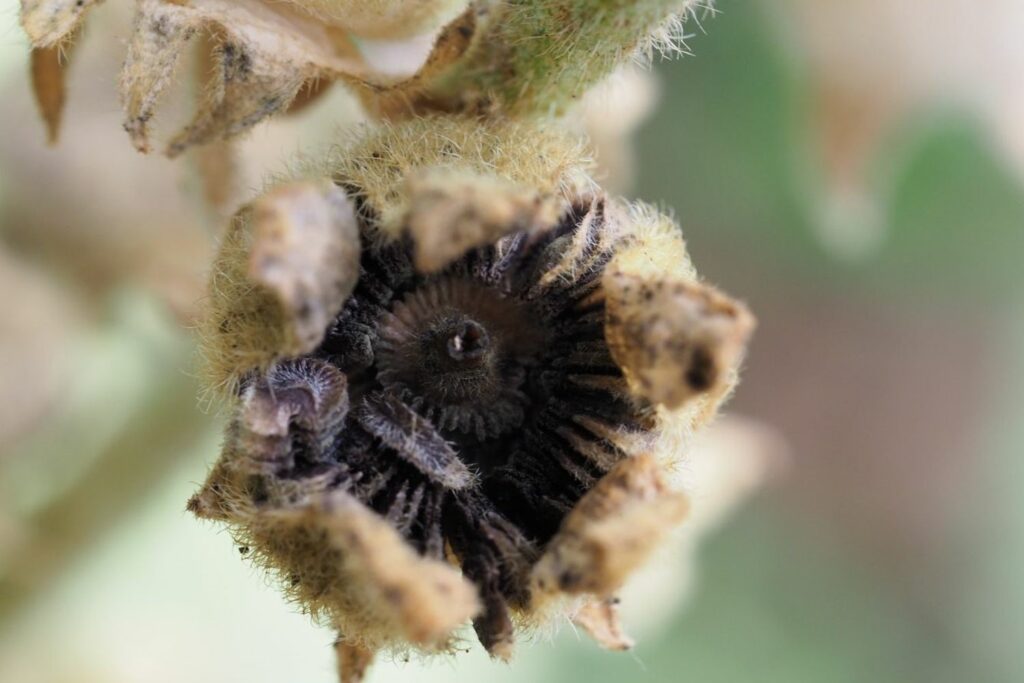
Hollyhock fruits look like small discs, but inside, they break into multiple wedge-shaped sections, each with one seed. The many seeds allow hollyhocks to reseed easily in gardens, often popping up year after year. Their tall, colorful flowers make them popular ornamentals, while the fruit structure ensures they spread without much human help.
7. Salvia
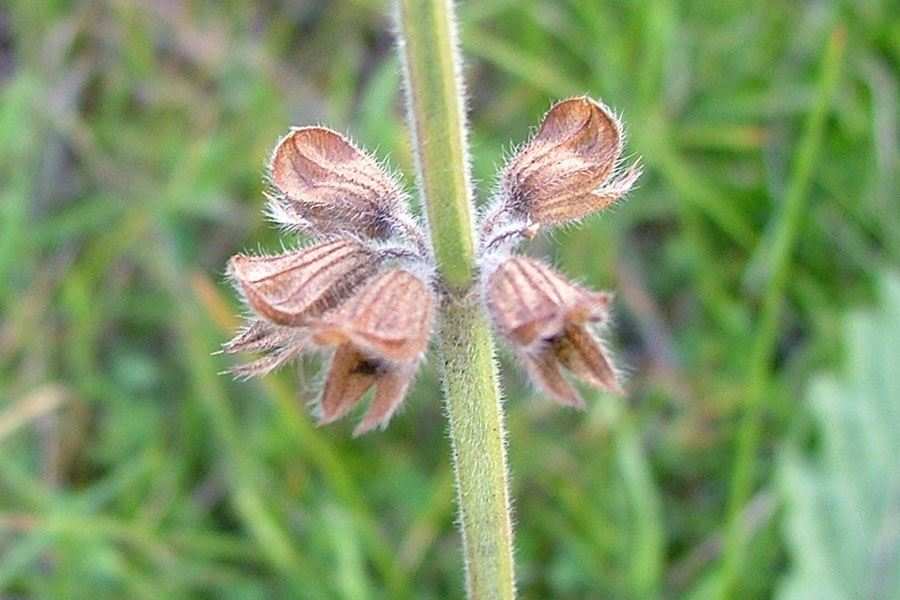
In salvia plants, the ovary develops into a fruit that breaks into four nutlets when mature. The small, hard nutlets often fall close to the plant, though some species rely on ants for seed dispersal. Salvia is widely grown for its fragrant leaves and attractive flowers that attract pollinators.
8. Ocimum
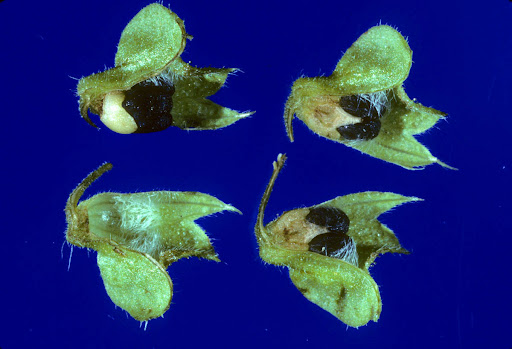
Ocimum, known for basil species, forms fruits that split into four tiny nutlets. This makes them schizocarps because each part holds a single seed. A unique feature is that when the nutlets get wet, they swell and form a sticky coat, helping them cling to soil and ensuring better germination.
9. Cumin
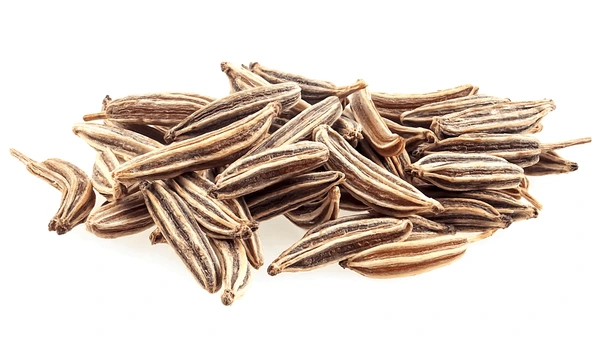
Cumin fruits are slender and aromatic, and often break into two one-seeded parts when ripe. The seeds are prized worldwide as a spice, giving food a warm, earthy flavor. Cumin is also important in culture and medicine, where it is used in traditional remedies for digestion
10. Fennel
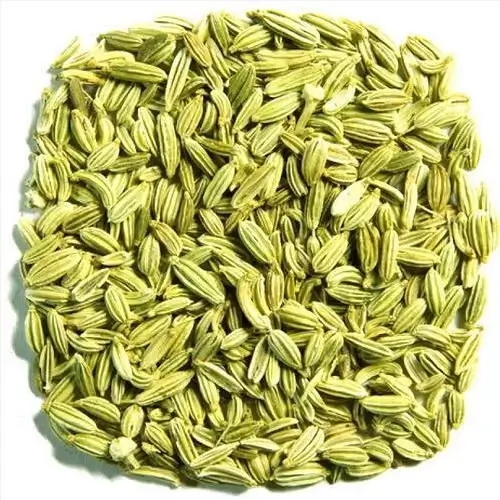
Fennel fruits, like cumin, split into two dry, ribbed halves, each holding a seed. Known as “fennel seeds,” they are widely used in cooking, teas, and medicines for their sweet, anise-like flavor. The fruits also aid the plant by spreading seeds more efficiently, often carried by wind or harvested by humans.
11. Cheeseweed

Cheeseweed fruits resemble little round wheels that split into several wedge-shaped mericarps, each enclosing a seed. The plant spreads easily because each unit can grow into a new plant. Cheeseweed gets its name from its round, cheese-like fruit. Though often seen as a weed, it has been used in folk medicine for many years.
12. Velvetleaf fruit
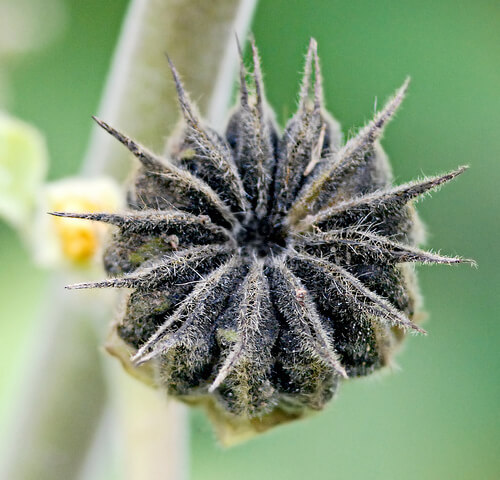
Velvetleaf produces cup-shaped fruits filled with many seeds arranged inside compartments. As they ripen, the fruit breaks into single-seeded parts, making it a schizocarp. Each unit can survive tough conditions, helping the plant spread aggressively.
Discover Other Fruit Category Examples:
- Examples of Accessory Fruits
- Examples of Achene Fruits
- Examples of Dehiscent Fruits
- Examples of Follicle Fruits
- Examples of Drupe Fruits
- Examples of Stone Fruits
- Examples of Pome Fruits
- Examples of Capsule Fruits
- Examples of Multiple Fruits
- Examples of Aggregate Fruits
- Examples of Sorosis Fruits
- Examples of Fleshy Fruits
